Capturing the simplicity of earlier days in rural Ohio, memory painters offer unassuming visual interpretations of life in the Midwest. Their work will be on display in a new exhibit at the Decorative Arts Center of Ohio, called HINDSIGHT: The Art of Looking Back. The exhibition will run January 29 through April 24.
For curators Andrew Richmond and Hollie Davis, the exhibit is an opportunity to pull back the curtains and see the many layers of stories that each piece tells.
“We are in a public moment, where we are looking at nostalgia and monuments, and the context in which the storyteller tells the story changes constantly,” Richmond said.
Often compared with the work of the New York-born Anna Mary Robertson “Grandma” Moses, whose paintings feature nostalgic interpretations of the New England landscape, the Ohio painters in Hindsight offer similar snapshots of life in the Buckeye state.
Artists featured in the exhibit include Leuty McGuffey Manahan, Paul Patton, Harold Everett Bayer, Charles Owens and Tella Kitchen. Richmond says Menahan’s work serves as a great example of how a painting can share a deeper story that goes beyond face value.
“She’s painting warm and fuzzy memories of churning butter and cutting ice, but it wasn’t really that fun,” he said. “This is back-breaking, grinding work.”
Davis says many of the paintings in the exhibition show how living during a particular time period could be difficult. Many of the nostalgic paintings can also be relatable to exhibition visitors today.
“We also chose examples that you can see are not so subtle,” she said. “In Manahan’s painting, Mother’s Day, the house is in complete disarray and kids are everywhere. A woman is in the middle of it working away. (The artist) was not sold on the nostalgia of the good old days, either.”
In addition to paintings, the exhibition will include three-dimensional “memory objects,” including photographs of colonial-style interiors and gardens taken by the early 20th-century New England minister Wallace Nutting, as well as some of Nutting’s reproduction of colonial-era furniture.
“We try to bring interesting objects in,” Richmond said. “In the past, we had extensive interpretive labels. With this one, there’s going to be basic information. It’s really a chance for people to get in and engage with the objects on their own terms, to think about them and their memories, and how we preserve and consolidate our own memories.”
A native Ohioan, Richmond received a bachelor’s degree in history from Kenyon College and a master’s degree in American Material Culture from the Winterthur Museum and the University of Delaware. After more than a decade in the world of antiques and art auctions, he is now a certified personal property appraiser and decorative arts adviser.
With a passion for Ohio decorative arts, Andrew has lectured and published widely on the subject. His previous exhibitions were Equal in Goodness: Ohio Decorative Arts, 1788-1860 (2011), A Tradition of Progress: Ohio Decorative Arts, 1860-1945 (2015), and An Ohio Childhood: 200 Years of Growing Up (2016, co-curated with Davis).
Hailing from the mountains of central West Virginia, Davis is a librarian by training, having received degrees in English from West Virginia Wesleyan University and library and information science from the University of Illinois at Urbana-Champaign. After years working in public libraries, she began working for an online antiques auction price database, which she now owns.
In addition to co-curating An Ohio Childhood, Hollie provided significant research and writing assistance for both Equal in Goodness and A Tradition of Progress. She is the lead author of “Beneath the Surface,” a monthly column about working and living with “old stuff” in the Maine Antiques Digest.
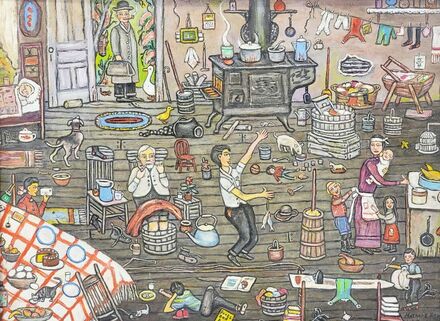

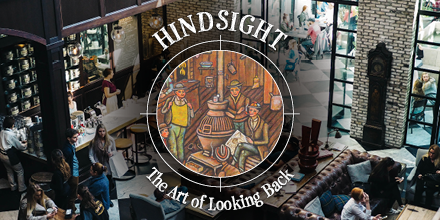
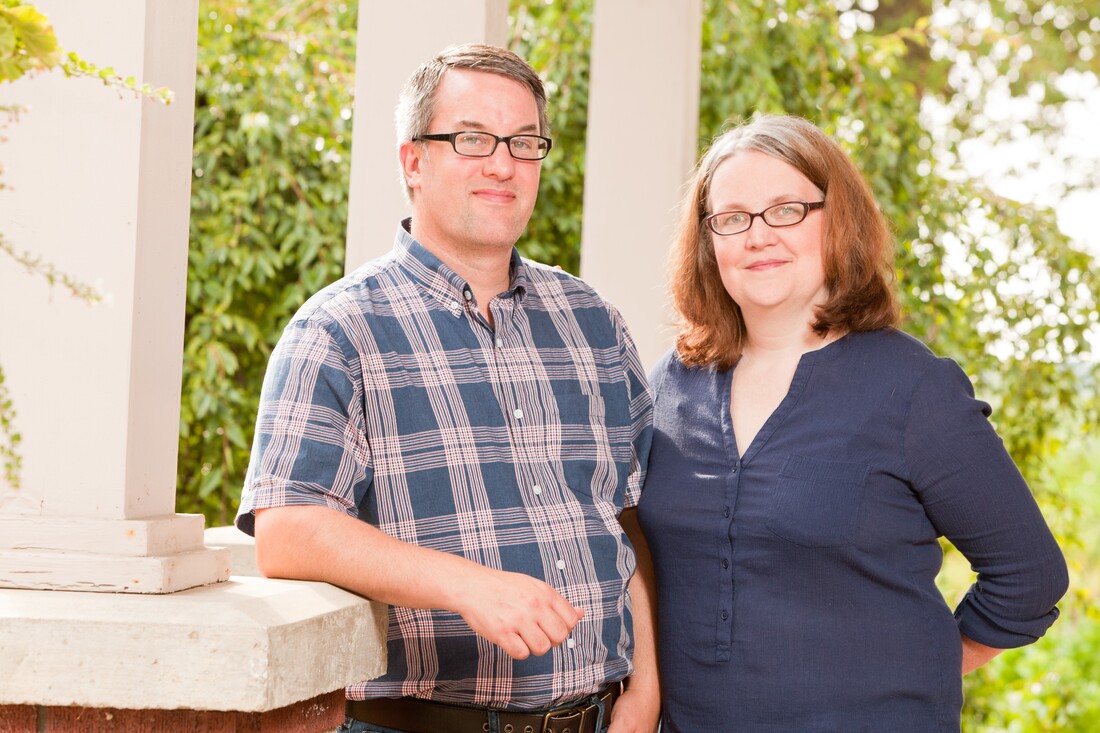
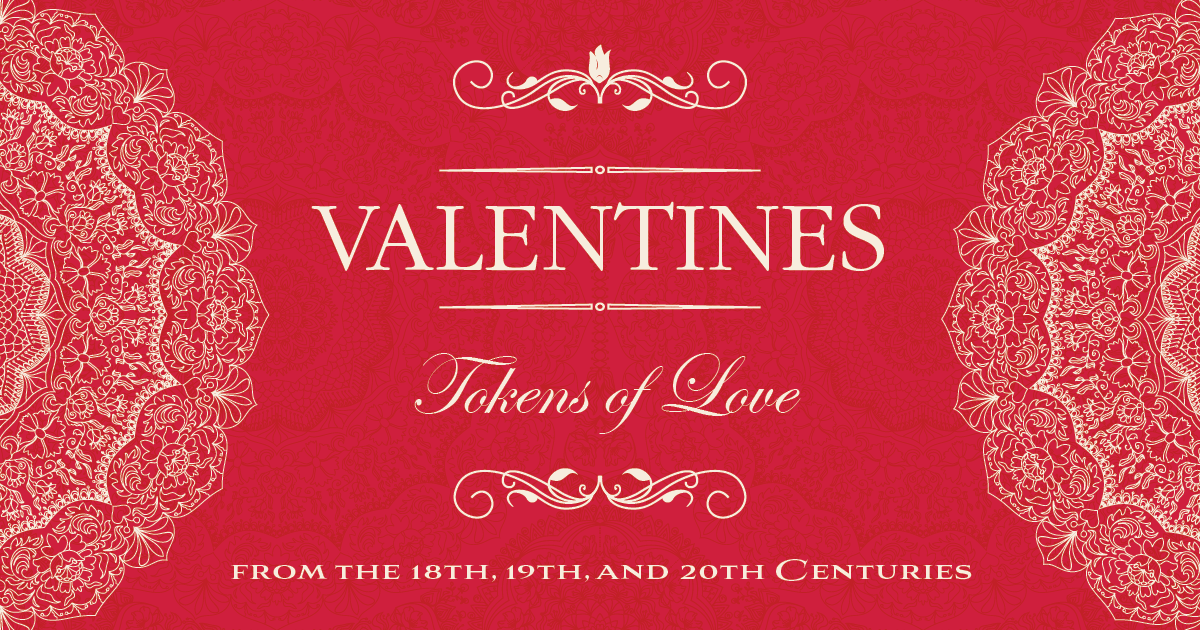
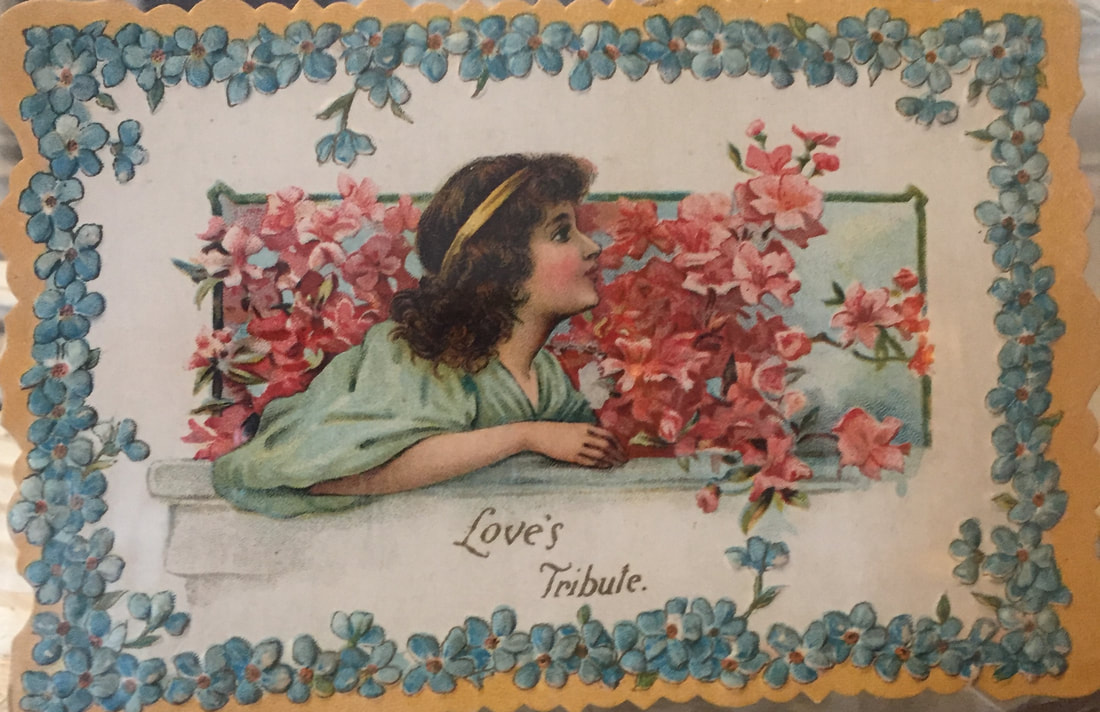
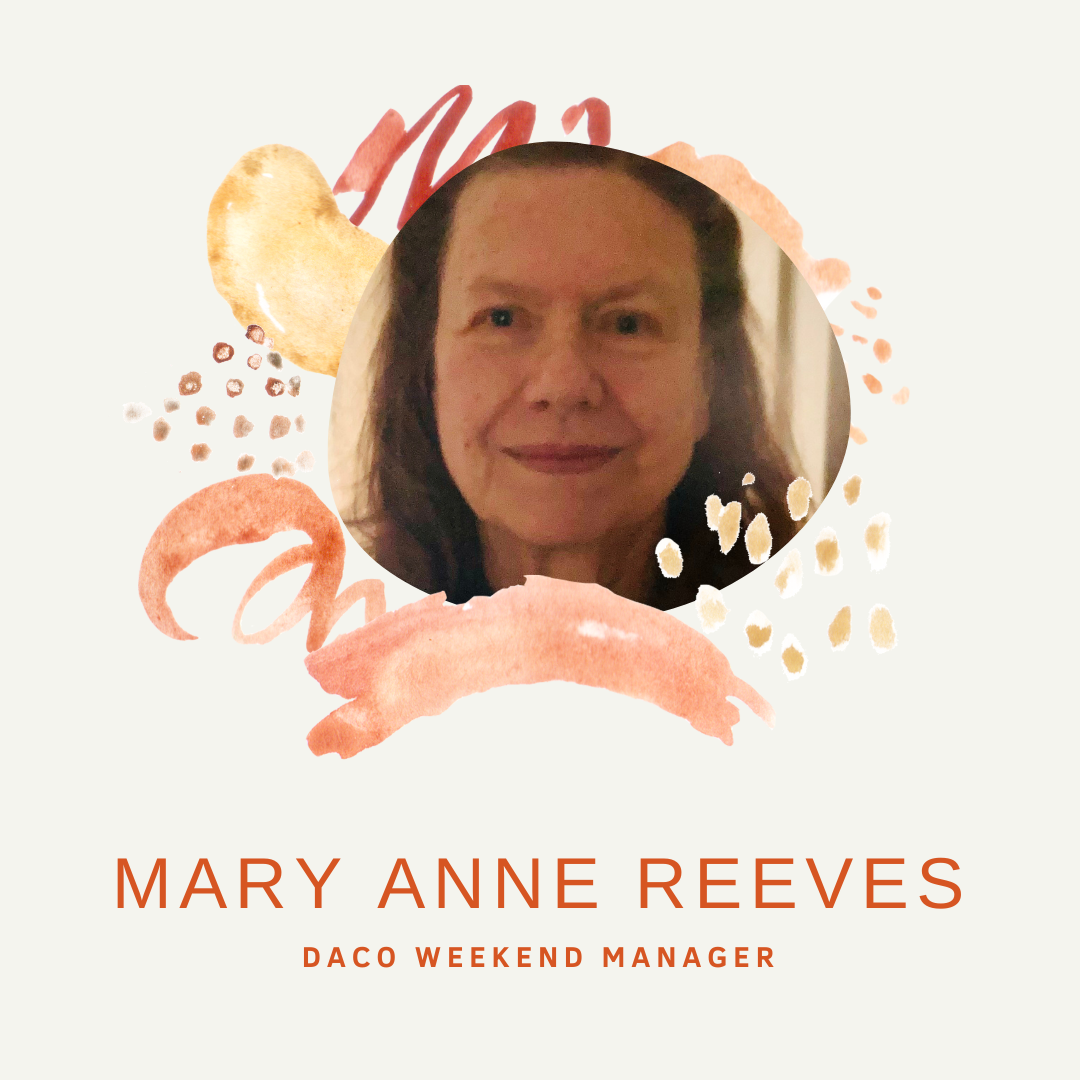
 RSS Feed
RSS Feed